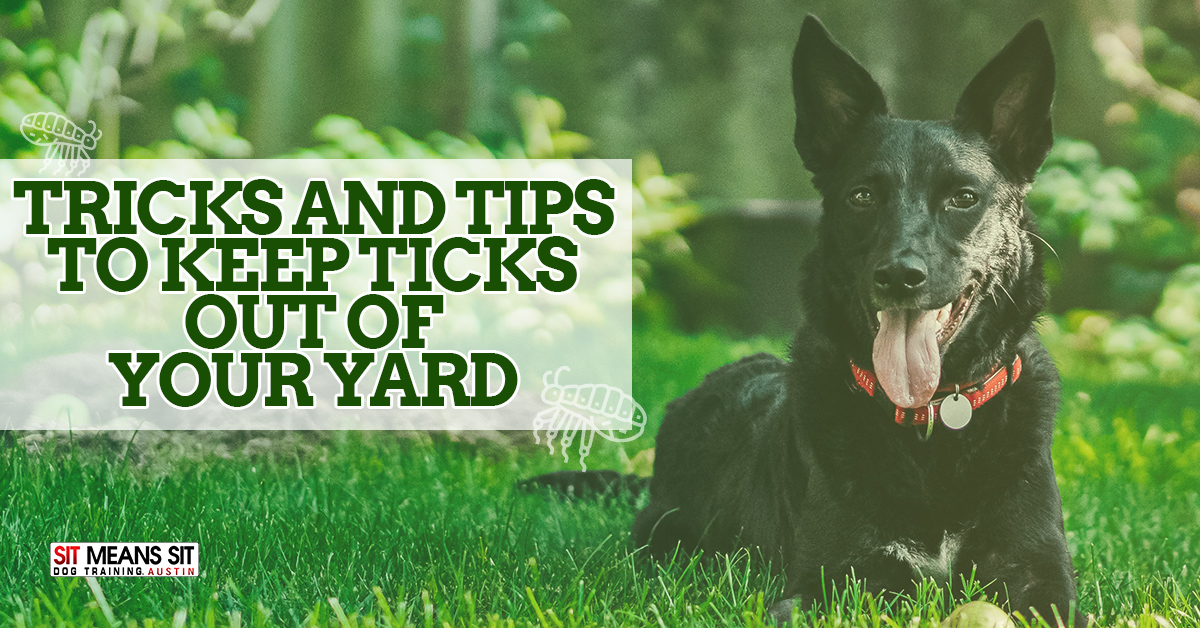
Tips & Trick to Keep Ticks Off Your Dog
If you are a pet parent, it would be rare if you never encountered a tick on your beloved furry friend. Ticks can carry awful diseases such as Lyme disease, ehrlichiosis, anaplasmosis, and so much more. The point is, you don’t want these little pests anywhere near your canine companion. To help your pooch avoid getting a dreaded tick, here are some tips to follow.
Starting at Home
Learning how to prevent your pup from getting ticks is great, but it doesn’t help a whole lot if they’re in your yard. This is why a good place to start when defending your pooch from ticks, is in your own backyard. Here are some tips to remember:
- If you choose to use pesticides, be 100% sure that they are pet-safe
- Mow your lawn regularly – you want to avoid having tall grass
- In the fall, rake often and don’t let those leave accumulate
- If you have playground equipment or patio/lawn furniture, try to keep it in predominantly sunny areas
- Keep debris like trash, woodpiles, and old furniture, out of your yard
- If your yard backs up into a wooded or overgrown area, create a border of rock or gravel that’s about 3-feet wide to reduce the likelihood of ticks crawling onto your lawn
- Possibly plant tick-repelling plants around your property to keep bugs away
What to Do With Fido
There are also a few things you can directly do with your pup to help prevent them from getting attacked by ticks.
- Spray diluted lemon eucalyptus oil on your pup’s bedding and between their shoulder blades before and after being in a wooded/overgrown area
- If you have a long-hair pooch, keep them groomed, so it’s not easy for ticks to hide in their fur
- If you have a short-hair dog, use a lint roller after being in the wilderness to pick up any ticks that have decided to hitch a ride on them
- Get your canine a tick collar
What to Do if You Spot a Tick
Sometimes no matter how hard we work to keep ticks off our furry friends, they still find a way to latch on to them. A good rule of thumb is that if you find and remove a tick within 24-hours of it latching on, your pup will have very low chances of receiving a virus or disease from the tick.
If you do happen to spot a tick on your pup, safely remove it as soon as possible using gloves and tweezers. Once you’ve picked off the pest, it’s crucial that you don’t just throw it outside or try to squish it.
Put the tick in a container of Isopropyl rubbing alcohol to kill it. This reason this is so important is because if your canine companion does end up getting sick, you can bring the tick in for your veterinarian to identify and test on.
There will most likely be a small wound left behind on your dog’s skin, where the tick was removed. Clean the area using an antiseptic wipe, and continue to keep an eye on the spot for any signs of infection.
Frequently check for ticks, especially if you live near a wooded/overgrown area. Because prevention is the best way to avoid your pup from receiving any tick-borne illnesses or diseases.
